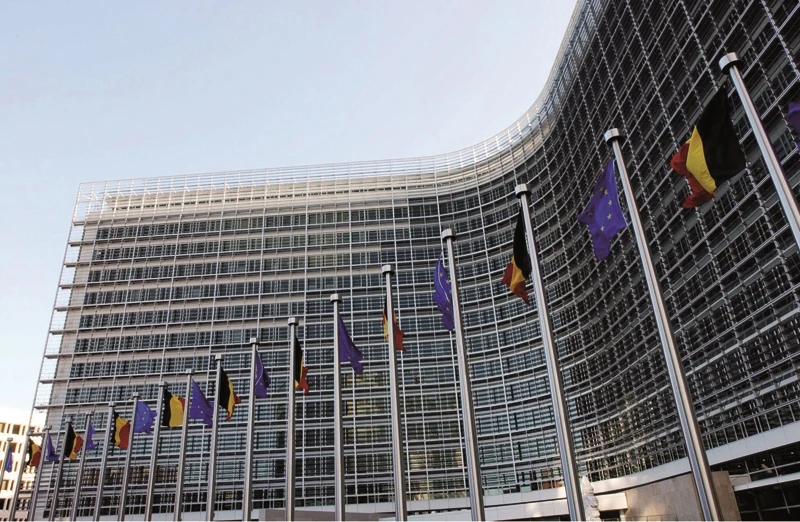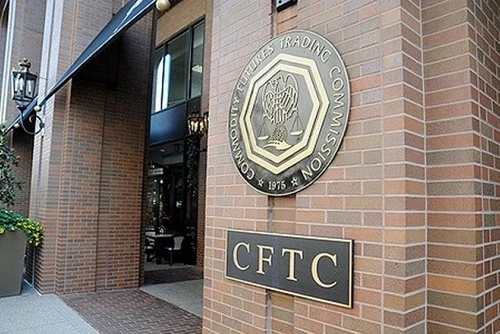ANALYSIS: Active account regulation to shake-up Euro rates markets
15th January, 2025|Luke Jeff

2025 is set for a showdown between Intercontinental Exchange and Deutsche Boerse’s Eurex for Europe’s most-traded interest rate derivative �– the three-month Euribor future.
The European Union published on December 4 the updated version of the European Market Infrastructure Regulation (EMIR) which officially came into force 20 days later, on December 24.
Most contentious in the package of regulation is the active account requirement (AAR) that will force European firms to clear some Euro interest rate derivatives with a European clearing house.
The AAR, which will take effect on June 25 2025 after a six month grace period, is the European regulators’ latest attempt to reduce European firms’ reliance on two London-based central counterparties (CCPs) which since Brexit sit outside Europe’s jurisdiction.
The clearing houses in question are Intercontinental Exchange’s ICE Clear Europe which dominates Euro short-term interest rate (STIR) futures and LCH which clears Euro interest rate swaps (IRS).
Sensing a once-in-a-generation tailwind, Frankfurt-based Eurex has launched incentive schemes to encourage European firms to move business to the European group’s clearing services, which have proved partially successful but the competition in earnest starts now.
Matthias Graulich, member of the Eurex Clearing Executive Board, told FOW: “We have incentives with our programs on the swaps and STIRs side which reward people for taking certain actions to continuously strengthen the liquidity picture and these are constantly being reviewed. They have worked out well so far and we will continue these schemes, and make changes if we see a need to incentivise a certain behaviour.”
Eurex’s three-month Euribor future, which relaunched in November 2023 backed by the incentive schemes, traded 2.23 million lots in November, according to FOW Data, which equalled 6% of the total market dominated by ICE (37.88m lots).
Eurex’s best month for its re-invigorated STIR contract was March 2024 when it traded 4.65 million lots, according to FOW Data, which was 14.5% of the total market where ICE and Eurex volumes are combined.
ICE Futures Europe, which hosts the group’s three-month Euribor futures and options, reported in the fourth quarter of last year its busiest quarter on record for the product when the London-based market traded 130 million lots, up 35% on the last three months of 2023.
“It is important we keep and further build out this excellent liquidity picture to provide market participants a true alternative in the EU,” said Graulich.
Eurex has tried before to break ICE’s monopoly in Euro STIRs but the European group feels this time will be different due to the combined effect of the active account regulation, the incentive schemes and margin efficiencies from clearing more Euro products under one roof.
Graulich said: “With EMIR 3.0, it is not a question of “Should I do this?” but rather people have to take action and make up their mind how they want to deal with the situation. This opens a different discussion where they say the liquidity picture looks good and there are additional efficiencies across Euro denominated derivatives around Euro government bond and Euro STIR derivatives as well as Euro Interest Rate Swaps.”
Eurex is trying to establish itself as the home of the Euro yield curve which includes STIRs, the longer-dated German government debt futures that Eurex already has, Euro interest rate swaps and Euro-denominated repo.
“Of course, market participants could have always realised these efficiencies but these margin efficiencies alone are not significant enough for people to make them a top priority and switch liquidity pools. But now the perspective is changing because people have no choice but to make this a priority; to ensure compliance with regulatory requirements. Then there is the next level of considerations, which is about efficiency gains, and the efficiencies across Euro denominated products are real and systematic.”
While the AAR is designed to address European regulators’ concerns about the over-reliance of European firms on non-EU clearing houses, the regulation has been criticised for potentially putting European entities at a competitive disadvantage against their non-European rivals.
The FIA said in early 2023 when the AAR regulation was first mooted: “We remain convinced that these measures, as proposed, would be harmful to EU capital markets. They would make EU firms less competitive and would have a negative impact on the derivatives market, EU clearing members and their clients, EU investors and savers and the Capital Markets Union. For EU firms, this would not only hinder their ability to provide best execution to clients but would also be costly to implement.”
Caterina Caramaschi, vice president, financial derivatives at Intercontinental Exchange, first sought to play down the possible effect of the AAR regulation on ICE’s Euribor book, saying European clients bound by the reform represent a single digit minority of its overall business.
She added: “Ultimately, our concern is with the European based end-clients impacted by this regulation, as they are not going to get the best price because they are being forced to trade in a smaller liquidity pool. As with all fragmented markets, a basis will exist and these end-clients will be forced to pay that basis, albeit for a small number of trades, but still they shouldn’t be forced into this. “
Caramaschi said European clients are also at a disadvantage in that they have to comply with the regulation unlike their non-EU peers, which ties up scarce resources.
The ICE vice president added: “There is talk about margin efficiencies in euro CCP but most end-clients are typically directional so there are little cross-margining benefits there, especially when you are only offering one currency. We, on the other hand, have a liquid multi-currency STIR offering so any end-client that trades multi-currencies will get margin offsets on ICE and would lose them if they moved to a Euro CCP.”
Alongside Euribor, the London-based ICE Futures Europe also offers UK and Swiss short-term government bond futures and options.
Caramaschi said: “The feedback we’re getting from the banks is they don’t see the positive in fragmenting liquidity and they are seriously concerned about the additional regulatory and compliance reporting requirements that come with the regulation and the limited time they have to ensure they are compliant.”
Please join us at FOW Trading London on February 13 2025 where we will discuss influence of EMIR 3.0 on European trading and clearing, the emergence of the Euro Short-Term Rate (ESTR) market and the increase in activity due to changing UK and European interest rates. See here for more details: Trading London 2025


